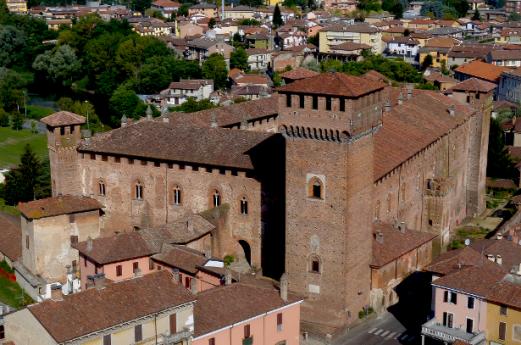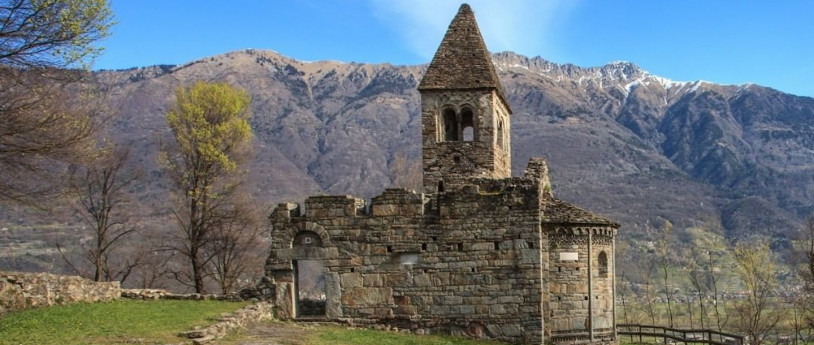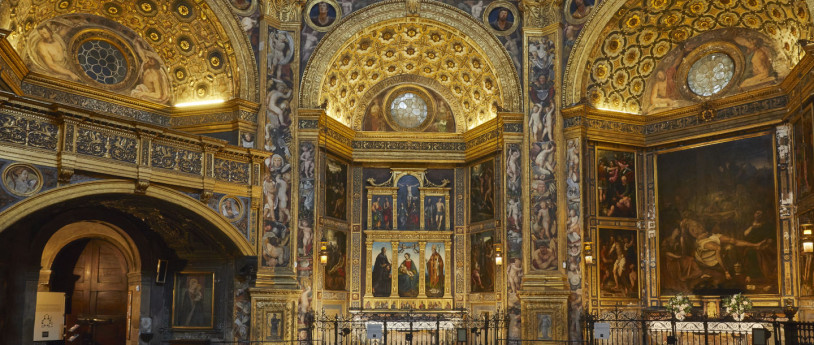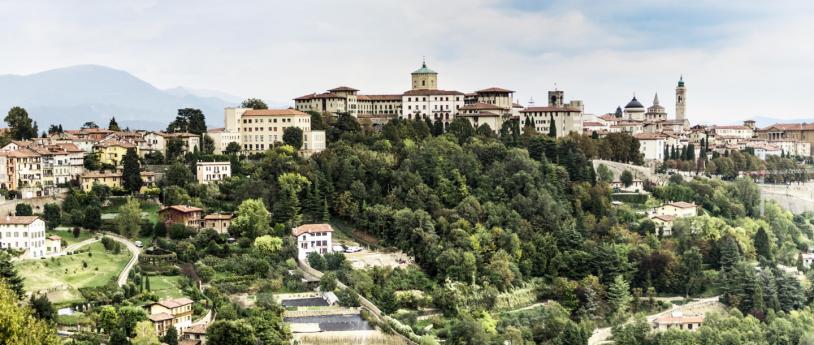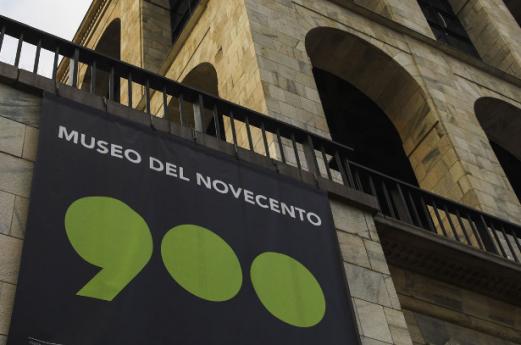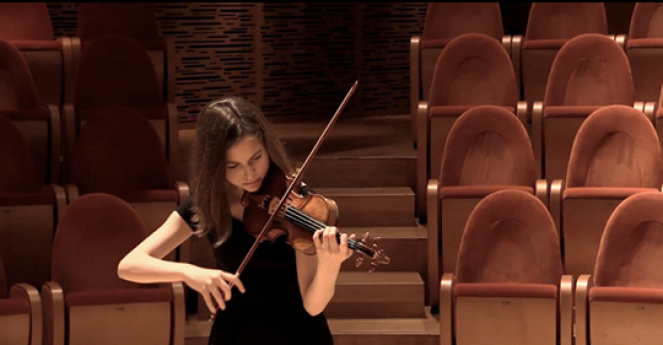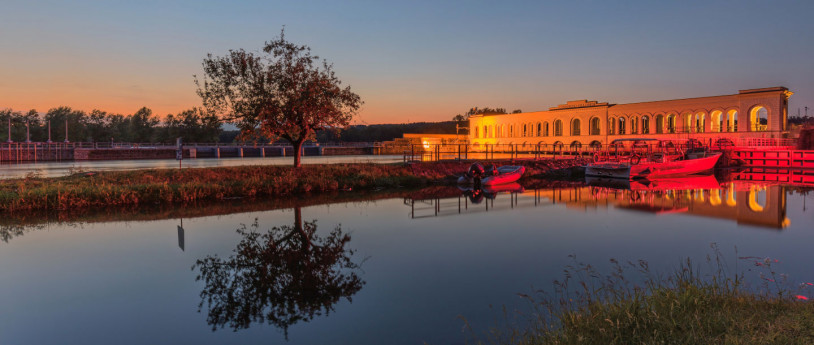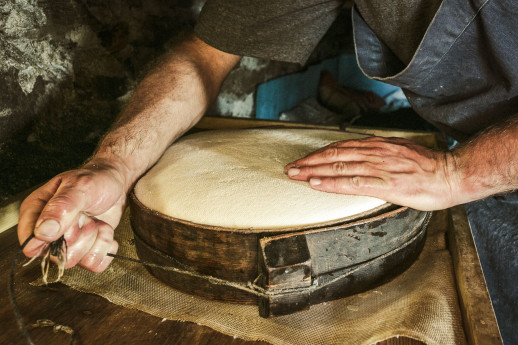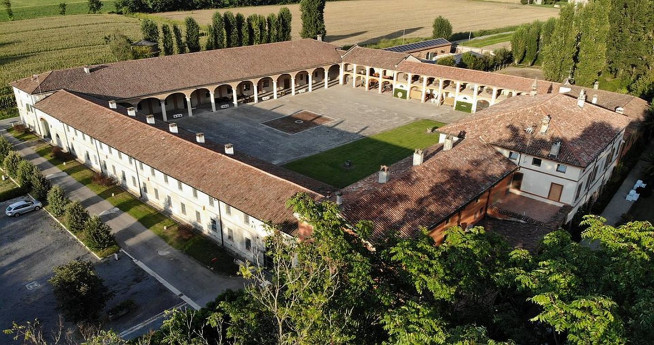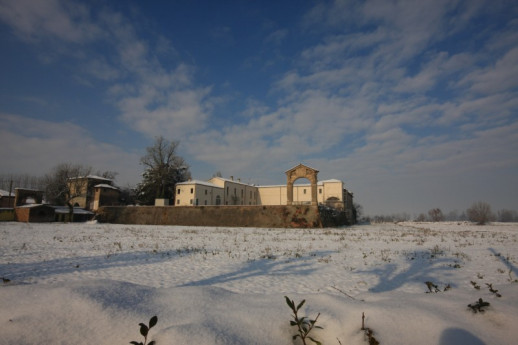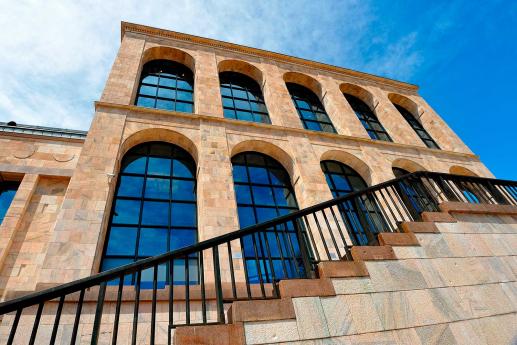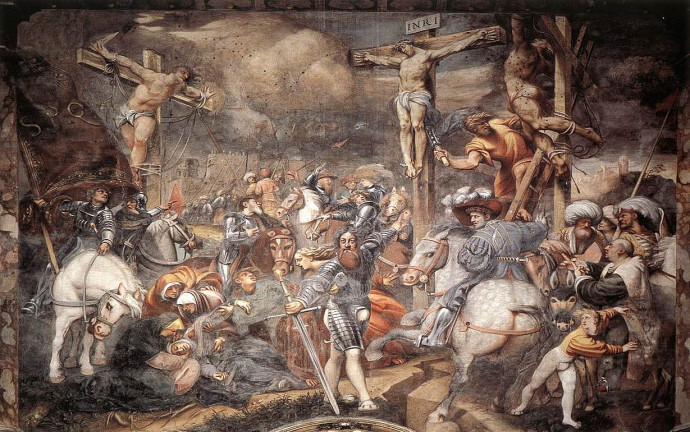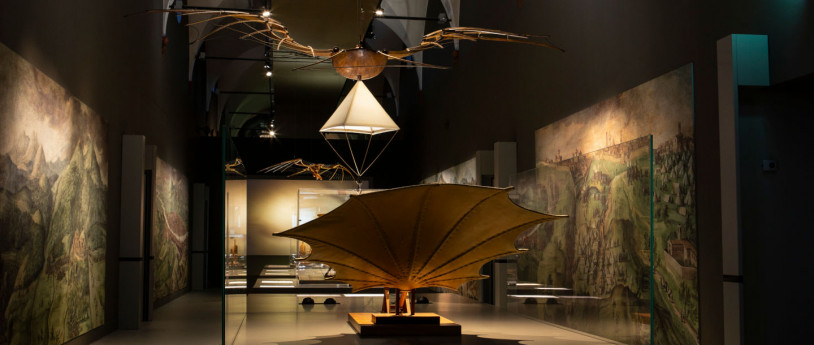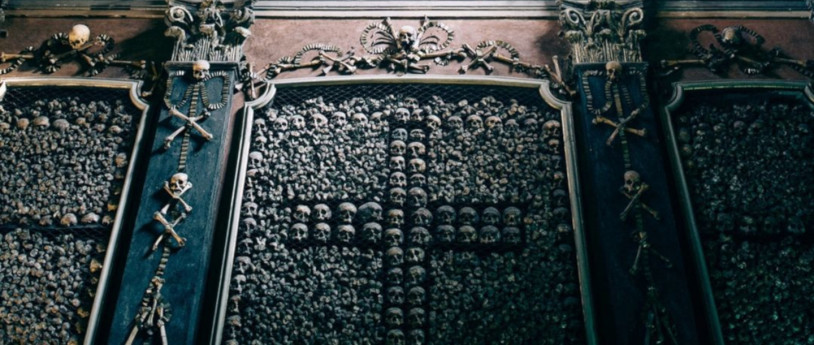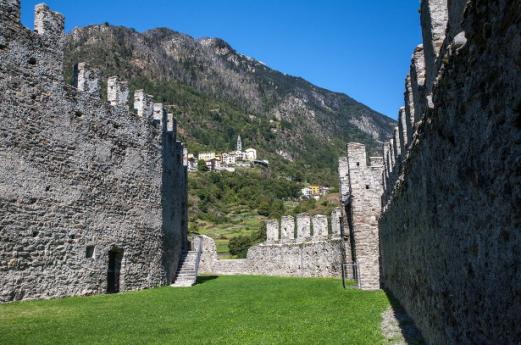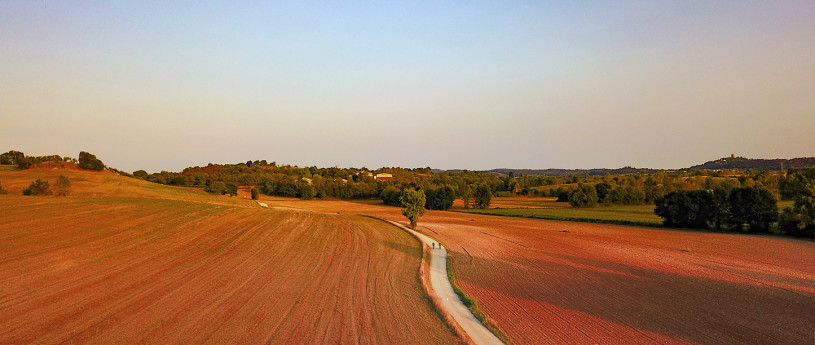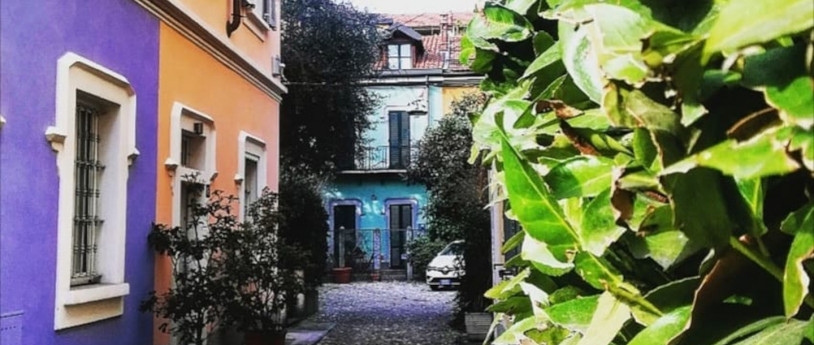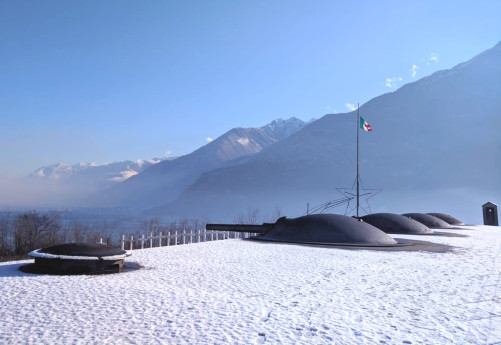- Art & Culture
Following Leonardo's footsteps in Milan
Leonardo set foot in Milan for the first time when he was about thirty years old.
He arrived just as everyone does, in search of fame and fortune, bearing a gift for the Duke of Milan, a musical instrument that no one in Italy knew how to play in that era: a lyre. Not just a normal lyre, but a lyre in the shape of a horse’s head no less, just to make sure that everyone got the message and didn’t go around saying that the new boy on the block wasn’t a genius.
In fact, this is how we like to imagine him, Leonardo; a daydreaming genius, completely lost in his own world. Yet the chronicles of that age describe him as an excellent self-organiser, one that wrote recommendation letters, stipulated contracts and chased up late payments. It is quite possible that it was this double nature that allowed him to achieve so much, a down-to-earth mentality coupled with extraordinary vision.
He had chosen Milan for its wealth, thinking that he would have designed arms and weapons for the local Lords; luckily he ended up designing them a whole load of different things. What’s more, there were some designs that never got carried out like those of the dome lantern in the Duomo or the lock system on the Navigli (artificial canals); other works, amongst which the Virgin of the Rocks and the Lady with an Ermine, were finished here and sold elsewhere.
The works that remained, nevertheless, were left to us and since then they have brought joy to the eyes of the entire world: meaning of course the Last Supper painted in the refectory of Santa Maria delle Grazie, the Portrait of a Musician and the Codex Atlanticus conserved in the Ambrosian Art Gallery, the rooms in the Castello Sforzesco destined to host the wedding of Gian Galeazzo Sforza and Isabella d'Aragona and the huge bronze horse in front of the Hippodrome that the maestro did not manage to finish in sixteen years of work. It was finally finished, only half a millennium later, by an American philanthropist.
Anyway, Leonardo must have enjoyed himself in Milan as he chose to spend the longest period of his life there. Vasari describes his coming and goings between Palazzo Reale, where he worked on the bronze horse and Santa Maria delle Grazie where he worked on the Last Supper; it seems that sometimes he was capable of painting for days, even forgetting to eat, whilst on other days he nonchalantly flicked a brush stroke or two, almost as if he was just dropping in by chance. The to-ing and fro-ing of a genius must have been a sight for sore eyes; we will just have to guess what was going on in his head while he commuted from one masterpiece to the other.
(Micol Arianna Beltramini)
THE ITINERARY
An itinerary to discover all the artistic, engineering and cultural production of Leonardo da Vinci during his 20 years in Milan. We start from the refectory of the Church of Santa Maria delle Grazie, in Corso Magenta, that treasures Leonardo's masterpiece Last Supper, then we go on to Palazzo delle Stelline to enter the Orti di Leonardo. We know more and more of the artist and scientist walking from the Sforza Castle to the centre of the city.
Alongside the Castle walls we can visit the Brera Art Gallery and then, going south, the Ambrosiana Art Gallery. Last, but not least, we visit the Museo della Scienza e della Tecnologia “Leonardo da Vinci”, in via San Vittore, to understand better his genius and timeless intuition that created the engineering and architectural masterpiece that is the Naviglio Grande.
STAGES
Museo Nazionale della Scienza e della Tecnologia “Leonardo da Vinci”
The largest Italy’s science and technology museum is dedicated to the great Tuscan genius. The models in exhibition have been constructed following Leonardo’s drawings. These drawings are projects for machines but also outlines of already existing works, proposals for upgrading or studies of nature. At the Leonardo’s Gallery this collection of models is enriched by a series of drawings on his various interests and an exhibition that focus on his Milanese years.
Pinacoteca di Brera
Not to be missed the artworks of famous painters that followed Leonardo's style, such as Bernardino Luini and Cesare Da Sesto.
Pinacoteca Ambrosiana
The museum boasts the greatest and stunning collection of papers belonging to Leonardo: the exhibition of the drawings from the Atlantic Code. For the occasion are now open to the public the Leonardi Hall, with the wonderful fresco by Luini and the new exhibition of the Ritratto di Musico (Portrait of a musician) by Leonardo, the Federiciana Hall and the Peristilio, a 17th century building where are exhibited other Leonardo’s works, like the knots and the portrait of Leonardo drawn by one of his disciples. It is possible also to see the copy of the Last Supper by Vespino.
Leonardo da Vinci’s Horse
In front of the Hippodrome of Milan there is a large bronze statue of a horse, inspired by the drawings of Leonardo, that was willing to make the largest equestrian statue in the world. The work was placed here in 1999 on a granite and marble structure. Visitors can admire it against the splendid backdrop of the Art Nouveau architecture of the Hippodrome.
Monument to Leonardo da Vinci
In Piazza della Scala, in front of the international temple of bel canto, is displayed the statue that portrays the Italian Renaissance genius. The statue is made of white Carrara marble, whilst granite from Baveno was used for the base.
Castello Sforzesco
It is possible to see here two of the most important artistic and engineering creations by Leonardo: the great fresco on the vault of the Sala delle Asse and the Codice Trivulziano, dedicated to war and religious architecture.
Cenacolo Vinciano - The Last Supper
One of the most important religious masterpieces of the Renaissance, today is part of the world collective immagination. Leonardo worked on the Last Supper fresco from 1496 to 1498. It was commissioned by Ludovico il Moro.
"Atlantic Code" by Leonardo da Vinci
The “Veneranda Biblioteca Ambrosiana”, the Cardinale Federico Borromeo Foundation, the Municipality of Milan and Expo 2015 will display for the first time to the general public an absolutely extraordinary and unique project: the "Atlantic Code" by Leonardo da Vinci.
